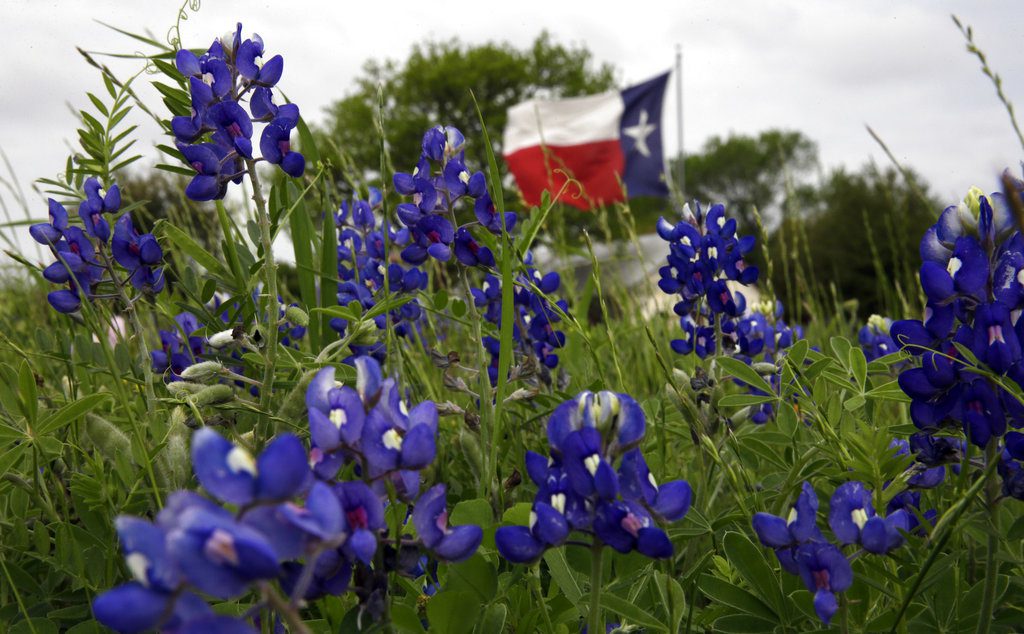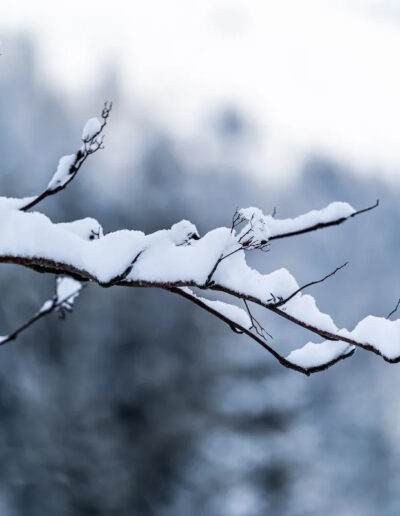
(AP Photo/David J. Phillip, File)
Drive through any neighborhood right now and you’ll see people outside working in their yards. Mowing grass, planting flowers, knee-deep in dirt pulling weeds: Many opt to use April and May to give their yards the manicures they need after icy winters.
But what is really worth the effort, especially when you live in the Southwest?
As quickly as late May, the temperature starts its journey north, and just keeping grass green becomes an impossible feat. The ground receives no precipitation for months and the beautiful curb appeal once thriving in the spring is demolished by the dance that Texas does best: a heat wave. Cities begin to restrict water usage for lawn care and even if you ignore the rules, your $300 water bill brings you right back down to earth. Then you have to face it: Your yard is just a graveyard of plants that couldn’t take the heat.
The good news is, though, that there are several plants that actually thrive in hot temperatures and poor soil. Here are six plants that are Texas tough. Perhaps we’ll call them Cowboys.
Mexican Flame Vine
These blood orange vines thrive in the heat and grow quickly. Plant them in a location that gets full sun and pepper the soil with compost or rocks for good drainage. Mexican Flame Vines don’t like an excessive amount of water. When the vines are established, only water when the soil feels dry. An added bonus is that these vines attract butterflies, hummingbirds, and bees, which create a better ecosystem for your garden.
Oleander
Oleander likes the intensity of the Texas heat. They require very little maintenance with the exception of some occasional pruning. Overachievers, oleanders flower throughout the spring, summer, and early fall in Texas. Pest and disease do nothing to the resistant oleander, but that also means they can be dangerous if ingested by pets due to the cardiac glycosides found in its leaves, flowers, stems, and nectar. This could harm your pet’s nervous and gastrointestinal systems as well as its heart.
Texas Sage
It should be easy to obey your water usage restrictions with this long-bloomer. This sage is native to Texas so you’re providing food and habitat for your neighborhood birds and insects, which is something any botanist would definitely support. Enjoy the vibrant purple blooms and notice the improved air quality as Texas Sage is known to absorb pollutants. She does it all!
Bluebonnets
The Bluebonnet is perhaps the most famous Texan on this list: Not only is it the state’s official flower, but it’s also spring’s main attraction across the state. It knows what to do to protect itself from the heat, and keeps its seed sheltered until it’s safe to begin reimmersion in the winter. While subtle, the rosettes are still nice additions to a garden and worth the wait till the 1 to 2-foot berry-colored bouquets rise again.
Zinnias
Zinnias are an explosion of color that don’t mind the unforgiving summer sun. They require at least six full hours of sunlight, and honestly, that’s relatable. With well-draining soil, their water intake is minimal. Zinnias will flower all summer, really leaning into the celebratory energy of the season.
Marigolds
Say “I do” to Marigolds. Marigolds will probably be the most heat-resistant plant in your garden. These early blooms can make it through a full summer still vibrant. Besides beauty and resilience, Marigolds emit a natural bug repellant at their roots that deter harmful soil invaders, so that’s why you’ll often see them placed near crops like tomatoes, cucumber, melons and kale. Maris make good friends.
What else to know
While all of these plants do love the heat, they can start to stress once temperatures hit 115 and higher. On those rare days, cover your plants or provide some kind of shade and you’ll see them fare better than plants completely exposed.
Of course, plants that like it hot usually can’t handle low temperatures, so make sure you cover your bounty any time there’s frost outside, and especially in December and January. You’ll also want to pay attention to the amount of rainfall prior to spring. Bluebonnets, for example, could have their growth stunted because of heavy rain too early in the year, a side effect of climate change.
If these options still feel too risky, don’t forget about the southwest’s toughest soldier, the cactus. Prickly Pear is loyal (and delicious!) as well as the Lace Hedgehog and Rainbow Cacti.

(AP Photo/Cal Woodward)




















